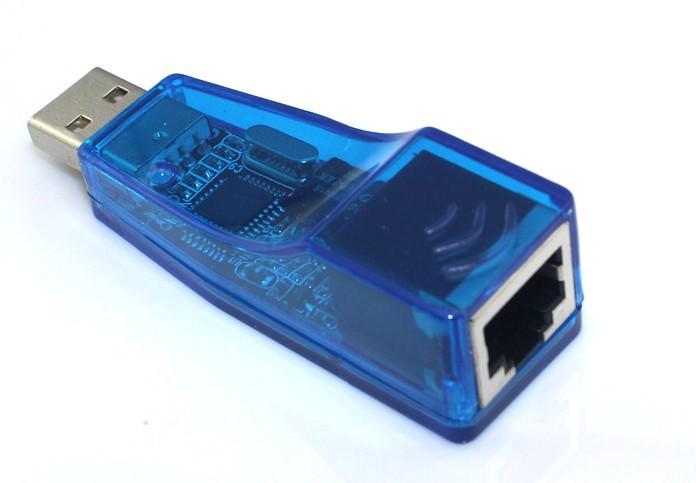- Related articles
- Optical Transceivers for Cisco N3K-C3048TP-1GE Switch
- What is 10 Gigabit Ethernet?
- All Cisco CWDM-GBIC-1590's information (List price, Specs, Datasheet PDF, Compatibility ma
- All Cisco ONS-SI-2G-L2's information (List price, Specs, Datasheet PDF, Compatibility matr
- Optical Transceivers for Cisco WS-C3560V224PSS-RF Switch
- Optical Transceivers for Cisco IE-2000-8TC-L Switch
- Optical Transceivers for Cisco SRW2048-EU Switch
- Optical Transceivers for Cisco WS-C2960S-48FPS-L Switch
- Optical Transceivers for Cisco WS-C3650-48PD-L Switch
- How to Find What Ethernet Controller Card I'm using?

An Ethernet card is one kind of network adapter. These adapters support the Ethernet standard for high-speed network connections via cables. Ethernet cards are sometimes known as network interface cards (NICs).
Ethernet cards may operate at different network speeds depending on the protocol standard they support. Old Ethernet cards were capable only of the 10 Mbps maximum speed offered by Ethernet originally. Modern Ethernet adapters all support the 100 Mbps Fast Ethernet standard and an increasing number now also offer Gigabit Ethernet support at 1 Gbps (1000 Mbps).

External Ethernet Card
External NICs are useful for desktops and laptops that do not have an internal NIC when the consumer does not wish to install one internally. These NICs come in a few forms. Sometimes they look like flat credit card that slide into the PCMIA card slot, and sometimes they are small devices that plug into the RJ-45 jack or into the USB port. External NICs are also useful while traveling or for boosting a wireless signal.
External NICs for the desktop also need the correct system bus compatibility. For laptops, the PCMIA slot and the USB port are the options. The Personal Computer Memory Card International Association (PCMIA), also known as the PC card, is on older laptops, not on most new ones. Look at the computer manual, verify the type of PCMIA slot, and purchase a NIC that is compatible for Type 1, 2, 3, or 4. The USB port is a more typical connection, and a wide variety of external networking devices fit in this connector. External NICs vary in strength from a complete connection to a signal booster to a powerful antenna.
PCIE Wireless Network Card
The PCI Express Wireless Card adds high speed wireless network connectivity to almost any PCI Express-enabled desktop/workstation PC. Using a 2T2R (2 Transmitter/2 Receiver) design over the 2.4GHz frequency, the PCIe wireless card provides up to 300Mbps of data bandwidth over an 802.11n network, while improving signal reception and range.
Backward compatible with 802.11b/g networks (11/54Mbps), this WiFi N adapter offers a versatile wireless networking solution with support for standard and advanced security options such as WEP, WPA and WPA2, along with wireless Quality of Service (QoS) support and quick and easy setup through WPS.
Summary
An Ethernet card does not directly support Wi-Fi wireless networking, but home network broadband routers contain the necessary technology to allow Ethernet devices to connect via cables and communicate with Wi-Fi devices via the router.





















































